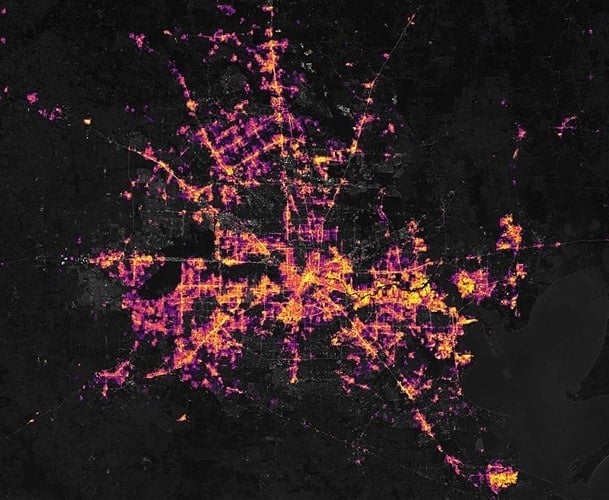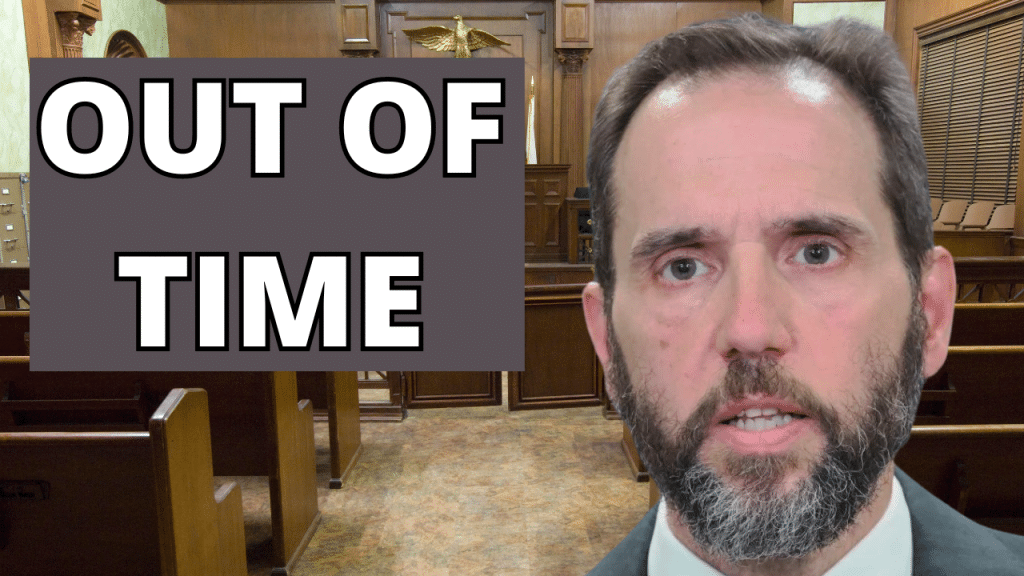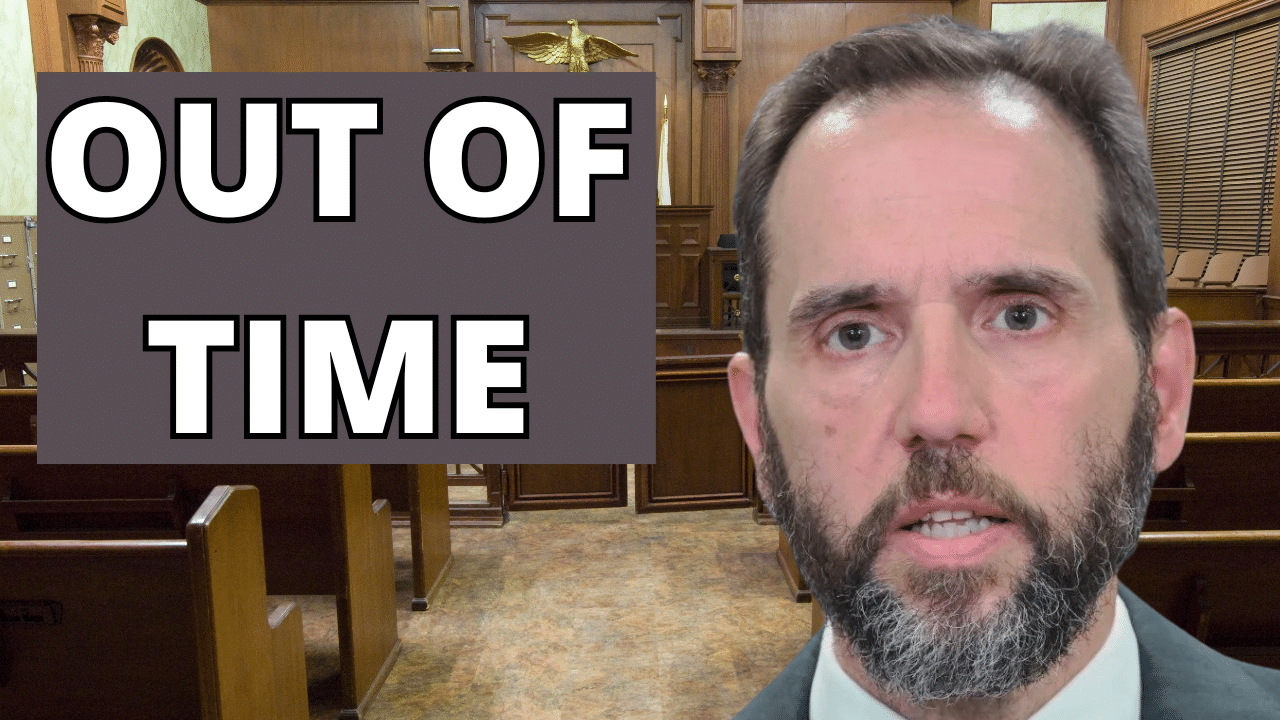February 2, 2024
Permission to republish original opeds and cartoons granted.
No net new non-renewable, traditional, thermal electricity generation in more than a decade in U.S., not even in red states like Texas

By Robert Romano
From 2012 to 2022, the U.S. is not producing a single megawatt-hour (MWh) more of traditional, non-renewable thermal-based electricity—coal, natural gas, nuclear, oil and wood—in an entire decade since the Clean Power Plan, now overturned by the U.S. Supreme Court in West Virginia v. EPA in 2022, was first introduced in 2014 during the Obama administration following the 2009 EPA carbon endangerment finding, data from the U.S. Energy Information Administration (EIA) shows.
In 2012, the U.S. total electric power industry produced 4.05 billion MWh of electricity overall, of which 3.6 billion MWh was non-renewable, traditional, thermal sources: coal constituted 1.5 billion MWh, natural gas was 1.2 billion MWh, nuclear was 769 million MWh, other gases was 11.9 million MWh, petroleum was 23.2 million MWh, other biomass was 19.8 million MWh and 37.8 million MWh was wood and wood derived fuels.
And in 2022, the U.S. total electric power industry produced 4.23 billion MWh of electricity, of which 3.37 billion MWh was non-renewable, thermal sources: coal had dropped 44.5 percent to 831.5 million MWh, natural gas grew 40.8 percent to 1.69 billion, nuclear was 771 million MWh, other gases was 11.7 million MWh, petroleum was 22.9 million MWh, other biomass was 16.4 million MWh and wood and wood derived fuels was 35.45 million MWh.
The only major increases were in natural gas, which offset the decline of coal electricity as utilities were retrofitted to use natural gas, and in green renewable electricity generation: solar and wind.
Solar went from 4.3 million MWh in 2012 to 143.8 million MWh in 2022 and wind went from 140.8 million MWh to 434.3 million MWh.
Overall, electricity generation in the U.S. increased by just 180 million MWh in a decade, a 4.4 percent increase from 2012 to 2022, all on the backs of natural gas, solar and wind. In the meantime, even with natural gas growing, traditional, non-renewable, thermal sources decreased by 230 million MWh, a 6.3 percent drop.
In the meantime, the U.S. population grew from 313.8 million in 2012 to 333.3 million in 2022, a 6.2 percent increase. So far, electricity generation has not kept pace with the increasing population, and the grid is becoming increasingly dependent on green sources like wind and solar which so far are not a replacement for the traditional thermal sources, which still account for 79.6 percent of the base grid.
The situation is no better in Republican-run red states like Texas, which was producing 429.8 million MWh of electricity in 2012, of which, 396.6 million MWh was non-renewable, traditional, thermal sources: coal was 138.08 million MWh, natural gas was 213.9 million MWh, nuclear was 38.4 million MWh, other gases was 2.99 million MWh, petroleum was 1.48 million MWh, other biomass was 700,000 MWh, and wood and wood derived fuels was 984,000 MWh.
By 2022, Texas was producing 525.5 million MWh of electricity, of which 387.4 million was non-renewable, traditional, thermal sources: coal had dropped 38.2 percent to 85.3 million MWh, natural gas had grown 19.7 percent to 256.2 million MWh, nuclear was 41.6 million MWh, other gases was 2.4 million MWh, petroleum was 373,500 MWh, other biomass was 322,000 MWh and wood and wood derived fuels was 1.15 million MWh.
Solar went from 118,200 MWh to 22.4 million MWh and wind went from 32.2 million MWh to 114.8 million MWh.
Overall, electricity generation for the total electric power industry in Texas grew by 22.2 percent, all on account of natural gas, solar and wind. But even with the increase in natural gas, generation of non-renewable, traditional, thermal sources of electricity fell by 2.3 percent.
Meanwhile, the resident population of Texas has increased 15.1 percent from 26.1 million in 2012 to 30 million in 2022.
It did produce more electricity, but that did not stop its power grid from failing in the blizzard of 2021 that froze its wind capacity and covered its solar capacity as half of the state’s electricity generators went offline at some point during the crisis. That was when Texas needed additional thermal sources of electricity most of all, but had not bothered to expand it at all as it met with U.S. carbon emission goals by gutting coal.
Much remains to be seen what will come of the U.S. power grid in the post-West Virginia v. EPA environment, and if it truly frees up states to expand their non-renewable, traditional, thermal sources of electricity, especially in red states, or if the U.S. will continue its increasing reliance on solar and wind, which as of yet, is only a partial offset and not a full replacement to keep up with demand.
Robert Romano is the Vice President of Public Policy at Americans for Limited Government Foundation.
The Border Crisis is Front and Center in Battleground States and Even Liberals Have Had Enough

By Manzanita Miller
Despite economic issues dominating voters’ minds this election year, the unprecedented chaos at the southern border is forcing immigration into the spotlight, and nearly two-thirds of voters blame Biden for the border crisis.
A blistering new Bloomberg News/Morning Consult survey shows the share of voters who say immigration will be the most important issue to them on election day has risen in six of the seven swing states polled.
According to the survey, 61% of swing state voters say Biden is responsible for the unprecedented number of illegal immigrants crossing the U.S.-Mexico border, while only 30% blame Trump.
In addition, voters in battleground states trust Trump over Biden to handle the immigration crisis by 22 percentage points, 52% to 30%.
A growing majority of swing state voters believe illegal immigration overall hurts the U.S. economy as well. By a margin of 64% to 27% Americans say illegal immigration is a net negative for the economy.
Biden voters are one of the few groups to insist illegal immigration helps the economy by a modest margin. Those who voted for Biden in 2020 say by a margin of 44% to 42% that illegal immigration helps the economy. This is a very close margin for Biden voters and indicates even left-wing Democrats are beginning to question the porous border’s impact on the economy.
There has been an incremental decline in the belief that illegal immigration helps the economy between 2016 Clinton voters and 2020 Biden voters. Those who cast their support for Clinton in 2016 say illegal immigration is a net positive 47% to 38%, a few percentage-points more than 2020 Biden voters say so.
Democratic women are also more likely to be critical of illegal immigration than Democrat men, with Democrat women narrowly saying illegal immigration is a net negative by a margin of 43% to 40%, while Democrat men say illegal immigration is a net positive 47% to 37%.
Men who consider themselves Independents strongly assert that illegal immigration is a net negative on the economy, saying so by a margin of 57% to 33%.
Voters who did not support either Trump or Biden in 2020 also strongly assert that illegal immigration is a net negative for the economy, saying so by a margin of 58% to 27%.
Suburbanites overwhelmingly assert that illegal immigration is a net negative for the economy, saying so by a margin of 65% to 25%. Rural voters say so by an even wider margin - 74% to 18%. Even urbanites agree that illegal immigration is a net negative for the economy by a margin of 54% to 35%. In addition, urban women are more assertive about the negative consequences of illegal immigration than men are. Urban women say illegal immigration overall hurts the economy by a margin of 55% to 32%, while urban men say so by a margin of 53% to 38%. Urban men are six points more likely to say illegal immigration helps the economy than urban women are.
These figures indicate there are nuanced views on the harmful impact of illegal immigration even among culturally or geographically liberal groups. Overall, the public is increasingly critical of the swell of illegal immigrants entering the country and blame the Biden Administration for it.
Swing states are focused on immigration, and as we noted a few weeks ago, even those that sit nowhere near the southern border are increasingly determined to curb illegal immigration. Pennsylvanians, for instance, are around 14 points more likely to say the border is in crisis (59%) than the country as whole (45%), according to a recent Quinnipiac poll. Other states are following suit and escalating the border issue this election year.
Manzanita Miller is an associate analyst at Americans for Limited Government Foundation.
To view online: https://dailytorch.com/2024/02/the-border-crisis-is-front-and-center-in-battleground-states-and-even-liberals-have-had-enough/

To view online: https://www.youtube.com/watch?v=1tYjT4mK_p8


